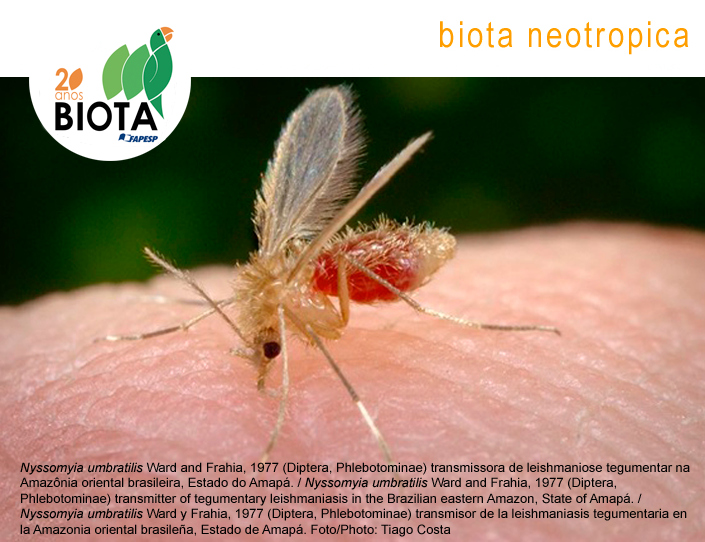Phyllanthaceae in the Atlantic Forest of northeastern Brazil
Abstract
Abstract: The taxonomy of Phyllanthaceae Martinov in the Atlantic Forest of northeastern Brazil was updated through the analysis of approximately 200 specimens deposited in regional herbaria as well as field observations. Thirty-five species were recorded, belonging to seven genera: Amanoa Aubl. (1 species), Astrocasia B.L. Rob. & Millsp. (1), Discocarpus Klotzsch (1), Hieronyma Allemão (2), Margaritaria L.f. (1), Phyllanthus L. (28), and Richeria Vahl (1). Of the 35, six are new records for Alagoas State, two for Rio Grande do Norte, four for Paraíba, and six for Sergipe. Among the recorded species, 18 are endemic to Brazil, and of those, 11 are endemic to the Brazilian northeast and nine are exclusive to the Atlantic Forest. An identification key, comments on their taxonomy, phenology and geographic distributions, species conservation status, distribution maps, and illustrations of the species are provided.Published
2022-01-01
How to Cite
Torres, A. M., Athiê-Souza, S. M., Cordeiro, W. P. F. de S., & Sales, M. F. de. (2022). Phyllanthaceae in the Atlantic Forest of northeastern Brazil. Biota Neotropica, 22(2). Retrieved from https://www.biotaneotropica.org.br/BN/article/view/1895
Issue
Section
Articles
